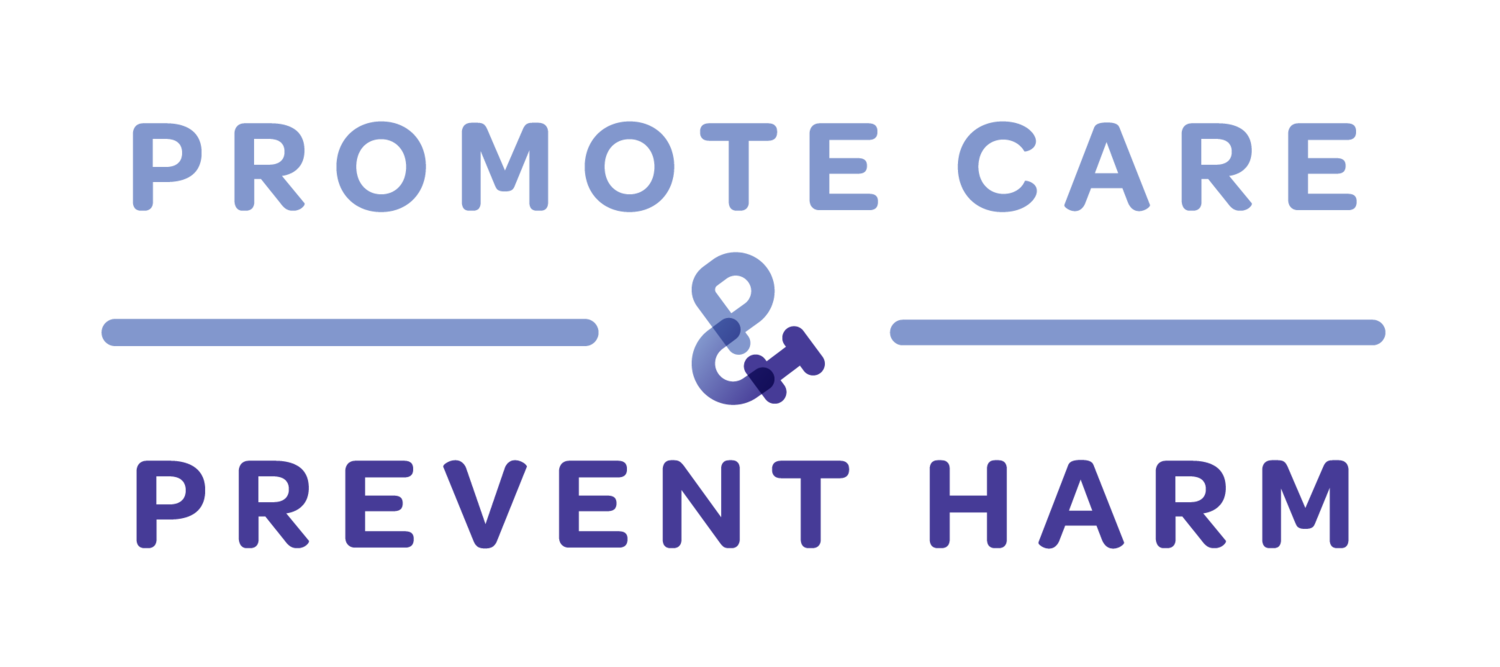Upstanding for Promotion-Prevention (UPP)
Upstanding is more than stopping harm, it’s also affirming care
2 hr or 6 hr course | Bystander Intervention | An Integrative Risk Prevention & Asset Promotion Approach
Overview
Bystander programs have been developed to teach people how to notice problems and stop harm in workplaces, online, within schools and communities. Bystanders focus on harmful situations, such as harassment, bullying, or threats of violence. These situations are prevention opportunities, but they aren’t enough. Promotion opportunities occur when bystanders notice kindness from others. Our approach encourages upstanders to take action in a promotion opportunity when helping occurs and a prevention opportunity when harm occurs.
For 50+ years, bystander intervention has been taught as a strategy to prevent problems. The focus has always been on looking out for problems, risks, threats, and harm rather than promoting the good. So what needs to change?
Upstanders need to prevent harm and promote care.
Program Implementation Process
Step 1
Complete a mindsets assessment to determine your prosocial motivational mindset (promotive, preventive, mixed).
Step 2
Join the promotion track, prevention track, or mixed track based on your mindsets profile.
Step 3
Learn each of the five steps of the bystander decision-making model.
(see Upstanding for Promotion-Prevention model: McCarty, Arnold, Booker, Pacque, Liskey, 2021)Step 4
Take action as a promotion or prevention upstander in your school or community.
Program Outcomes
Participants will be able to…
Distinguish between promotion and prevention bystander opportunities
Analyze a situation based on the impact across the beneficial-harmful spectrum
Select an appropriate promotion or prevention strategy to fit the situation
Report self-confidence to help as an upstander
Appreciate the strengths of promotion and prevention upstanding (and promotive and preventive mindsets)
The Upstanding for Promotion-Prevention Map
Bystanders answer these five questions to guide them in promotion and prevention opportunities.
Interest Form
Want to learn more about our programs?



